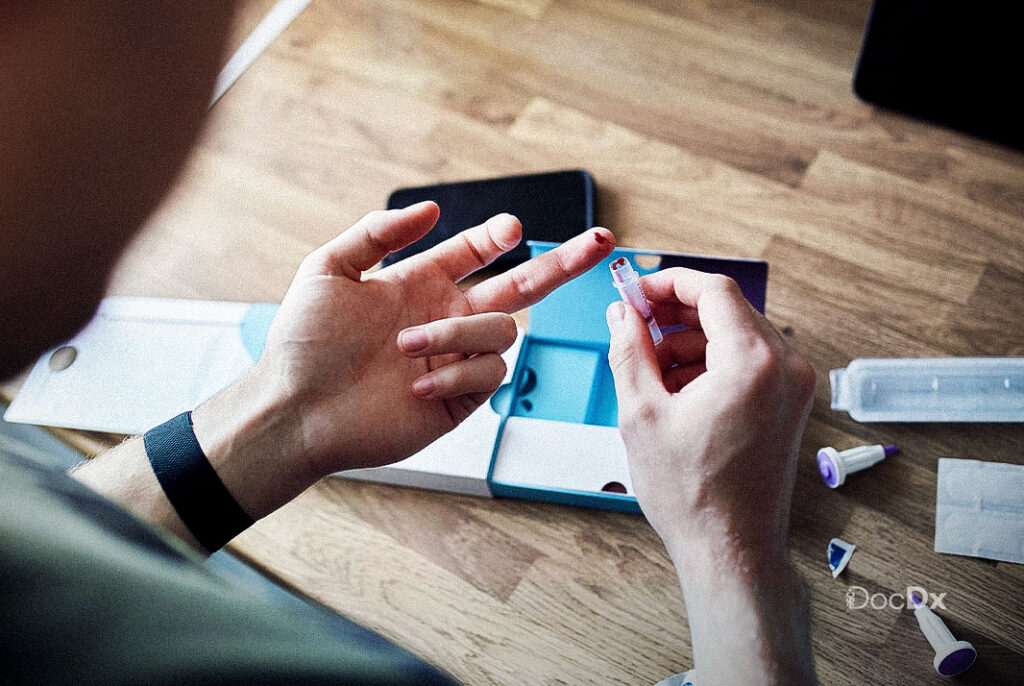From ordering groceries online to quickly booking appointments, people are always looking for ways to streamline their daily routines. The healthcare sector is no exception. The popularity of home testing kits for sexually transmitted diseases (STDs) highlights our need for health solutions that are fast, private, and easily accessible. But do these at-home STD testing kits truly live up to the hype? Let’s dive into the benefits and drawbacks of this emerging option in healthcare.
What Are At-Home STD Testing Kits?
At-home STD testing kits are simple, mail-in tests that allow you to collect your own samples in the privacy of your home and send them to a lab for analysis. Depending on the type of test, you may need to provide a urine sample, a swab, or a blood sample. These tests are designed to screen for common STDs such as chlamydia, gonorrhea, syphilis, and HIV.
How At-Home STD Testing Works
The process for at-home STD testing is straightforward. First, you order the kit online, which is then delivered to your home in discreet packaging. Once you’ve collected the necessary samples, you send them to a certified lab, where they are analyzed. Results are typically available within a few days, often accessible through an online portal or sent to you directly via email.
For those seeking professional care after their at-home test results, it’s worth considering a visit to a local STD testing center to confirm results and explore treatment options.
The Pros of At-Home STD Testing
1. Privacy and Discretion
One of the main advantages of at-home STD testing is privacy. Many people are hesitant to visit a clinic due to embarrassment or fear of being judged. Testing at home allows you to skip the face-to-face interaction, making it easier to stay on top of your sexual health.
2. Convenience
At home STD tests eliminate the need to schedule appointments, take time off work, or sit in waiting rooms. You can take the test whenever it suits your schedule, which is ideal for people with busy lifestyles.
3. Accessibility
For those living in rural areas or far from testing clinics, at-home kits provide a solution that doesn’t require travel. Whether you’re located in a remote area or a bustling city, you have the ability to test yourself and mail in the results.
4. Quick Results
Many at-home testing services provide results in just a few days. Some even offer expedited testing if you need your results faster. This quick turnaround allows you to take immediate action if necessary, such as scheduling an appointment with your primary care provider.
5. Control Over Your Health
At-home testing gives individuals more control over their healthcare. Rather than waiting for a doctor’s referral or clinic appointment, you can be proactive about monitoring your sexual health, particularly if you engage in high-risk behaviors or have multiple partners.
The Cons of At-Home STD Testing
1. Potential for User Error
One of the downsides to home testing is the risk of user error. Incorrectly collecting or handling samples may lead to inaccurate results. This can create unnecessary stress if you receive a false positive or, worse, provide a false sense of security if you receive a false negative.
2. Lack of Immediate Medical Support
When you test for STDs at a clinic, you have immediate access to healthcare professionals who can provide advice, answer questions, and offer treatment. With at-home testing, if you receive a positive result, you will need to follow up with a healthcare provider to discuss next steps. In this case, it’s helpful to have access to a comprehensive primary care service that offers STD treatment and further testing.
3. Limited Scope of Testing
While at-home STD testing kits can screen for many common infections, they might not detect all STDs or provide the detailed analysis that a lab-based test in a clinic would offer. For example, more complex tests for infections like HPV or herpes may require a visit to a doctor.
4. Cost Concerns
At-home STD testing kits can be more expensive than visiting a clinic, particularly if your insurance doesn’t cover them. It’s essential to weigh the cost against the benefits, especially if you’re unsure of how often you’ll need to test.
5. No Face-to-Face Counseling
Sexual health isn’t just about testing; it’s also about education and counseling. At a clinic, healthcare professionals provide guidance on safe sex practices, ongoing prevention, and how to reduce future risk. With home testing, you may miss out on this critical aspect of STD prevention unless you seek help from a primary care provider, like those at DocDx, for additional support.
When to Choose At-Home STD Testing
At-home testing may be an excellent choice for individuals who want privacy, have limited access to healthcare facilities, or are looking for a convenient way to monitor their sexual health. It’s also a useful option for those who have already tested positive in the past and want to perform regular check-ups without going to a clinic.
However, if you have ongoing symptoms, or if you’ve recently been exposed to an STD, it’s crucial to visit a healthcare provider for a thorough evaluation and treatment plan. Getting expert advice and support from a provider specializing in primary care services will ensure you receive the care and guidance necessary for optimal health.
Conclusion
At home STD testing offers significant advantages in terms of privacy, convenience, and accessibility. However, it’s essential to be aware of the limitations, including the potential for user error and the lack of immediate medical support. For many, the combination of home testing and follow-up care through professional services like those offered at DocDx provides the best of both worlds. Being proactive about your sexual health is a crucial step in preventing the spread of STDs and ensuring long-term wellness.


